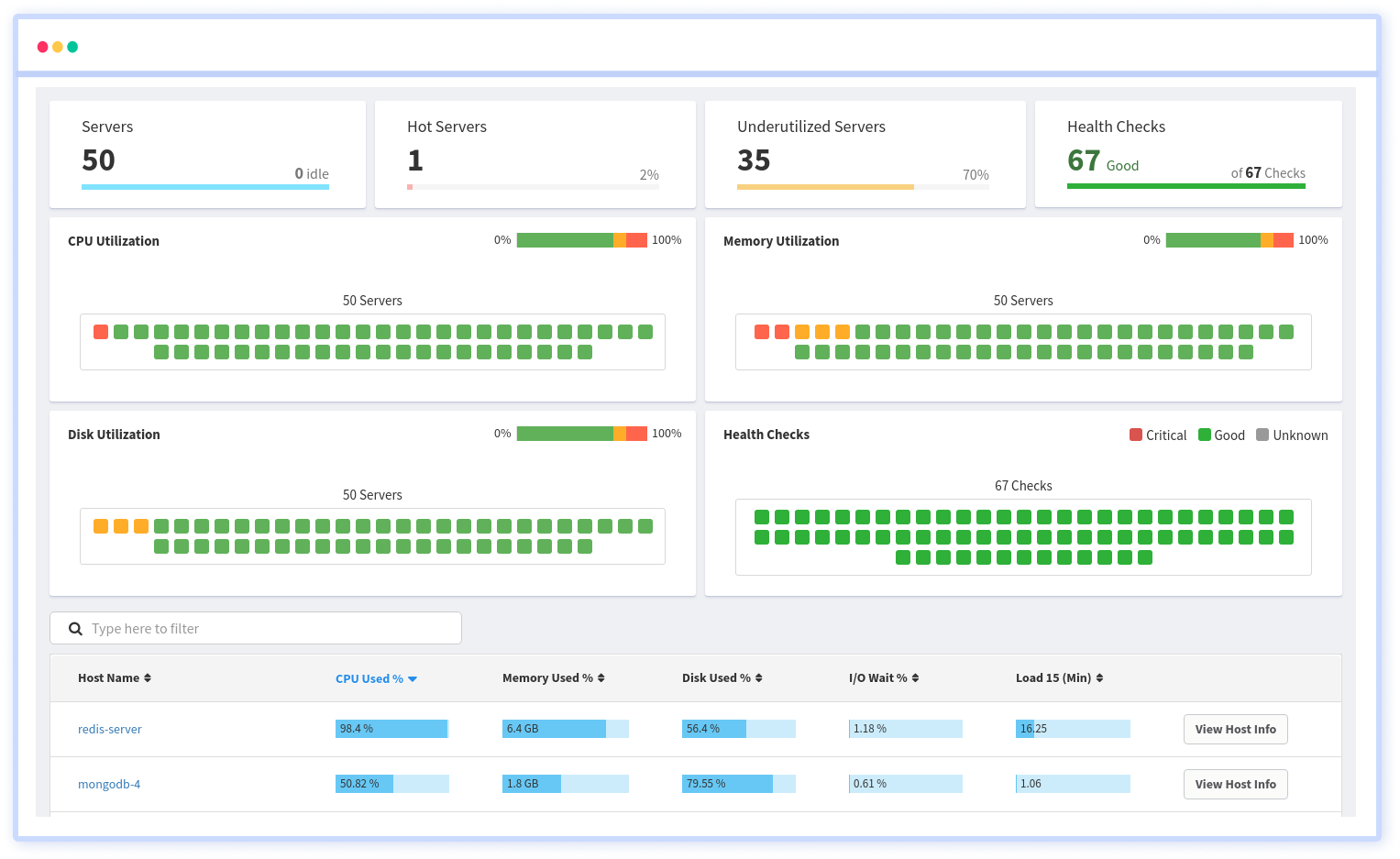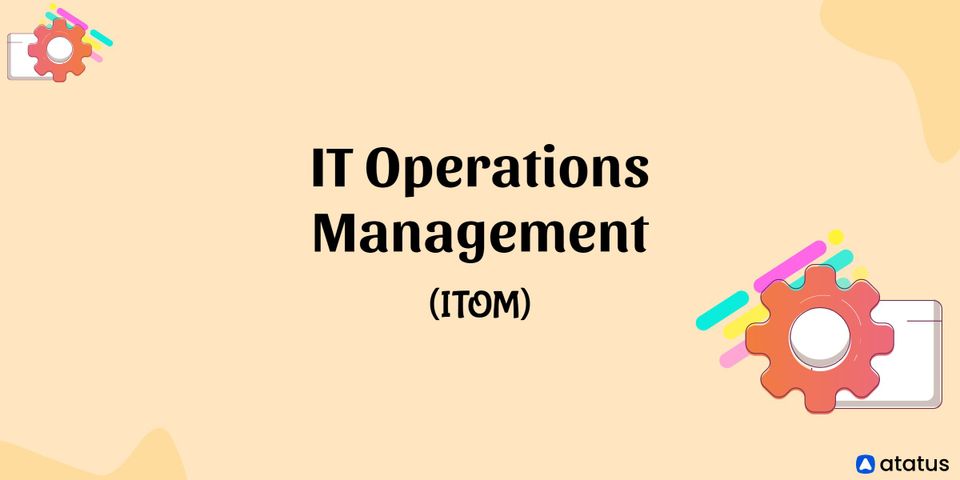As infrastructure grows in size, maintaining it has become a matter of managing multiple smaller instances at the same time rather than a few large ones. Because of the cyclical nature of modern infrastructure, it is critical to change the way it is conceived, created, configured, managed, and maintained. Infrastructure as Code (IaC) is a solution to this problem.
We will go over the following:
- What is Infrastructure as Code?
- How does IaC Work?
- Principles of Infrastructure as Code
- Benefits of Infrastructure as Code
- Immutable vs. Mutable Infrastructure
What is Infrastructure as Code?
Infrastructure as code (IaC) is a software-based IT methodology for codifying and maintaining IT infrastructure. Instead of manually configuring separate hardware devices and operating systems, infrastructure as code allows developers and operations teams to automatically manage, monitor, and provision resources. Infrastructure as code is also known as programmable infrastructure or software-defined infrastructure.
Infrastructure as code is a notion comparable to programming scripts, which are used to automate IT procedures. Scripts, on the other hand, are typically used to automate a series of static tasks that are executed repeatedly across different servers. Higher-level or descriptive language is used in IaC to build more adaptable and varied provisioning and deployment activities.
For example, Ansible, an IT management and configuration tool has infrastructure-as-code capabilities that can install MySQL server, verify that MySQL is functioning successfully, create a user account and password, set up a new database, and remove superfluous databases.
The code-based infrastructure automation method is very similar to software development processes, in which development teams rigorously monitor code versions, test iterations, and limit deployment until the software has been demonstrated and approved for production.
How does IaC Work?
The software reads IaC configuration files and uses the instructions to define and configure infrastructure.
The concept of immutable infrastructure has gained popularity because of IaC. In other words, rather than updating and modifying current infrastructure on a regular basis, the infrastructure is not changed or updated every time the application changes. Instead, it is replaced with a new one, which is constructed from a common image with the appropriate modifications.
Configuration files for IaC are frequently written in reusable code, compiled, and saved in central repositories. The files can be kept locally or on public sites like GitHub, where IT operations and application development teams can access them.
This repeatable foundation also allows for further process automation, which can result in considerable increases in speed, efficiency, and cost savings for businesses.
Principles of Infrastructure as Code
IaC follows five principles that can help teams overcome the challenges to maintain infrastructure:
#1 Systems can be Easily Reproduced
Any part of infrastructure should be able to be rebuilt quickly and reliably. Effortlessly means that there are no major considerations to be made regarding how to reconstruct the object. The scripts and tooling that supply a server should capture decisions like which software and versions to install, how to choose a hostname, and so on.
The capacity to create and rebuild any portion of the infrastructure with ease is a tremendous tool. It takes away a lot of the danger and anxiety that comes with making changes. Failures can be dealt with quickly and confidently. With little effort, new services and environments may be provisioned.
#2 Systems are Disposable
The ability to easily produce, destroy, replace, resize, and migrate resources is one of the advantages of dynamic infrastructure. To take advantage of this, systems should be built with the assumption that infrastructure will change over time. Even when servers disappear, reappear, or are resized, software should continue to run.
It's easier to make upgrades and fixes to running infrastructure when you can manage changes gracefully. It also increases the resilience of services against failure. When sharing large-scale cloud infrastructure, this is especially important because the underlying hardware's stability cannot be guaranteed.
#3 Systems are Consistent
Allowing inconsistencies to creep into your infrastructure makes it impossible to trust your automation. If one file server has an 80-gigabyte partition, another has a 100-gigabyte partition, and a third has a 200-gigabyte partition, you can't expect the same action to operate on all of them. This encourages developers to create custom solutions for servers that don't fully match, resulting in faulty automation.
The reproducibility concept allows teams to simply create many identical infrastructure parts. There are two ways to maintain consistency if one of these pieces needs to be altered (for example, one of the file servers requires a larger disc partition).
One option is to alter the definition so that all file servers have a large enough partition to meet the requirements. The alternative option is to create a new class or role, such as "xl-file-server," which has a larger disc than the ordinary file server. Either sort of server can be developed in a consistent and repeatable manner.
#4 Processes are Repeatable
Any action you do on your infrastructure should be reproducible, based on the reproducibility principle. This is a clear advantage of utilizing scripts and configuration management tools rather than making manual changes, but it can be difficult to stick to this method, even for experienced system administrators.
Infrastructure teams that are successful have a strong scripting culture. If a task can be scripted, do it. If a task is difficult to script, look for a technique or tool that can help, or check if the problem the task is addressing can be solved in a different way.
#5 Design is Always Changing
Making changes to an established system in iron-age IT is complex and expensive. As a result, limiting the requirement for system adjustments once it's developed makes sense. This requires the creation of detailed initial designs that account for a wide range of requirements and scenarios.
Because it's hard to forecast exactly how a system will be utilized in practice or how its requirements will change over time, this method inevitably leads to unnecessarily complicated systems. The system's complexity, on the other hand, makes it more difficult to adapt and improve, making it less likely to cope well over time.
Benefits of Infrastructure as Code
Infrastructure as code has numerous benefits, ranging from automated efficiency to the ability to align with other modern IT approaches.
- Speed
Infrastructure as Code adds a layer of speed to the process by allowing users to build up infrastructure in the lowest time possible by just running a script. This can be done for every environment, from development to QA, production, and staging, making the entire development lifecycle more efficient. - Accountability
Since Infrastructure as Code configuration files may be versioned just like any other source code file, the impact of any configuration is completely transparent. This transparency aids in establishing accountability for what works and what doesn't. - Consistency
By removing the requirement for manual infrastructure handling, the risk of human error is reduced. That means there are no inconsistencies, errors, or omissions in the design, deployment, or management of infrastructure. The configuration files serve as a single point of entry. These can be used multiple times without causing issues. - Lower costs and Improved ROI
IaC allows enterprises to take full advantage of cloud computing's consumption-based cost structure by drastically lowering the time, effort, and specialized talent necessary to supply and expand infrastructure. It also allows developers to focus on designing novel, mission-critical software solutions rather than plumbing. - Anti-churn Protection
Provisioning is often allocated to a few competent engineers or IT employees in organizations without IaC to maximize productivity. When one of these experts quits the company, others are often left to rebuild the process. IaC ensures that intelligence provisioning is always in the hands of the enterprise. - Alignment with DevOps
Since the infrastructure is written in code, it can go through the same version control, automated testing, and other phases in a continuous integration and continuous delivery (CI/CD) pipeline as application code. An enterprise may opt to mix infrastructure as code with containers, which at the operating system level separate the application from the infrastructure. These technologies are complimentary for a variety of deployment targets, including test, staging, and production, because the OS and hardware infrastructure are deployed automatically and the application is encased above it.
Immutable vs. Mutable Infrastructure
The process of changing infrastructure components in production while the entire service or application continues to function normally is known as mutable infrastructure. It assembles and arranges components and resources to form a fully functional service or application. If any component requires a modification, it is not modified or reconfigured; instead, it is updated and effectively redeployed in an instance. The old iteration is discontinued and its resources released for reuse, while a new iteration is assembled, tested, validated, and launched.
Cloud and microservices settings, which are extremely scalable and entail many more interdependent components and services, have embraced immutable infrastructure. Any one-time adjustments to solve specific issues can result in configuration drift, which can cascade as updates are delivered to production quickly. Patching and reconfiguring individual infrastructure components is less efficient and effective than reissuing sets of immutable services and components.
Conclusion
DevOps relies heavily on Infrastructure as Code. Infrastructure as Code is the obvious next step in making your operations future-ready in a tech environment that is continuously being revolutionized by disruptive innovations. It enables you to realize the full potential of cloud computing, minimizes errors associated with manual IT infrastructure management, and improves the rapid software development lifecycle's agility.
Monitor Your Infrastructure with Atatus
Atatus provides complete visibility into your infrastructure, allowing you to analyze and manage business-critical performance issues. Correlating application metrics, logs, and traces can help you make better business decisions and troubleshoot issues faster. You'll be able to see how your servers or cloud instances are being used in real-time.
Monitor all of your hosts' major performance indicators, including CPU, memory, I/O, disks, network, and load averages, as well as trends for all your servers. You will provide actual business value throughout your server landscape by monitoring the health and performance of your services, hosts, containers, and resources that impact your business revenue.

Atatus can be beneficial to your business, which provides a comprehensive view of your application, including how it works, where performance bottlenecks exist, which users are most impacted, and which errors break your code for your frontend, backend, and infrastructure.





